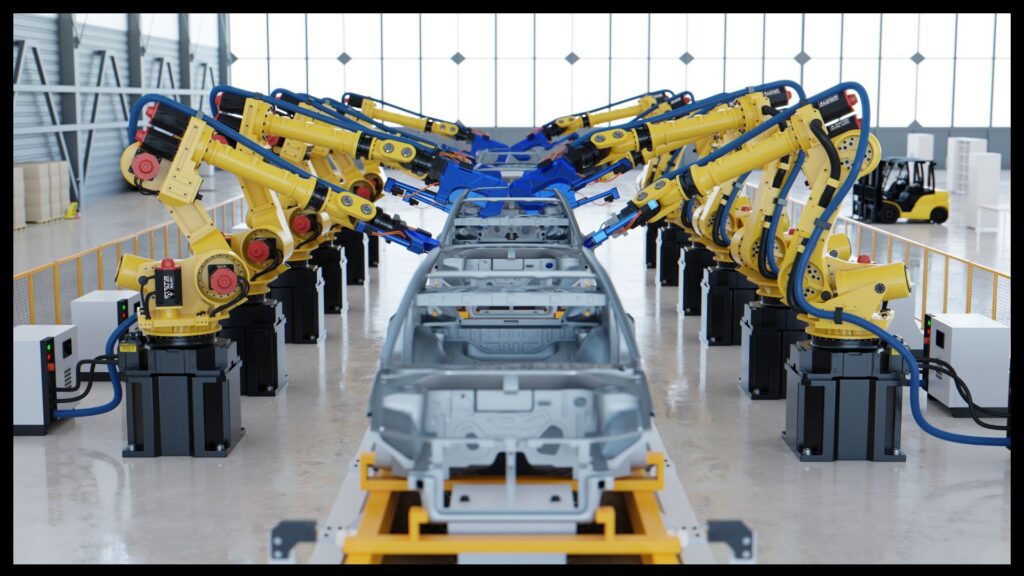Table of Contents Show
Production managers face constant coordination challenges in vehicle manufacturing. Thousands of parts must arrive at exactly the right moment. Workers and machines need perfect synchronization. A single delay can derail an entire day’s production targets. SAP tackles these challenges head-on, with manufacturers reporting significant reductions in production delays after implementation. Here are seven benefits of SAP implementation in vehicle production planning:
1. Real Time Production Visibility
SAP tracks every aspect of vehicle production in real-time. Production managers get instant alerts about delays, quality issues, or equipment malfunctions. The system shows exactly where each vehicle stands in the production process. This visibility helps spot bottlenecks quickly and adjust production schedules accordingly. Live monitoring also enables faster response to problems, minimizing production disruptions.
2. Resource Management
Production resources need careful allocation across different vehicle models and variants. SAP maximizes resource utilization through smart scheduling, considering factors like:
- Equipment capacity and maintenance schedules
- Worker availability and skills
- Material availability and lead times
- Production priorities and deadlines
- Tool and fixture requirements
This optimization reduces idle time and ensures smooth production flow.
3. Quality Control Integration
SAP embeds quality checks throughout the production process. The system enforces quality protocols at each production stage. It tracks defect rates, identifies problem areas, and suggests corrective actions. Quality data flows automatically into production planning, adjusting schedules when quality issues arise. This integration helps maintain high-quality standards while keeping production on track.
4. Material Requirements Planning
SAP calculates precise material needs based on production schedules. The system considers lead times, minimum order quantities, and safety stock levels. It automatically generates purchase orders when supplies run low. This planning prevents production delays due to material shortages. The system also helps optimize inventory levels, reducing carrying costs while ensuring material availability.
5. Capacity Planning
Production capacity receives careful consideration in SAP’s planning process. The system balances workload across different production lines and work centers. It considers equipment capabilities, worker skills, and maintenance schedules. This balanced approach prevents overloading while maximizing throughput. The system also helps plan capacity expansions based on actual production data.
6. Production Cost Control
SAP tracks production costs in detail throughout the manufacturing process. The system captures labor costs, material usage, equipment time, and overhead expenses. This data helps identify cost overruns and improvement opportunities. Production planners can simulate different scenarios to find the most cost-effective production plans. The system also supports accurate cost estimation for new production runs.
7. Schedule Optimization
Production schedules must balance multiple competing priorities. SAP considers customer delivery dates, material availability, capacity constraints, and cost factors. The system suggests optimal production sequences to minimize changeover times and maximize efficiency. It can quickly adjust schedules when disruptions occur, keeping production aligned with business goals.
Final Thoughts
Maximizing SAP benefits requires expert implementation and optimization. Flexytie specializes in customizing SAP solutions for vehicle manufacturers’ specific needs. Our team’s experience shows that even minor system adjustments can significantly impact production efficiency.
Whether addressing planning challenges or enhancing existing systems, proper SAP configuration remains crucial for achieving optimal manufacturing performance. Get in touch with us and let’s talk how we can help.

